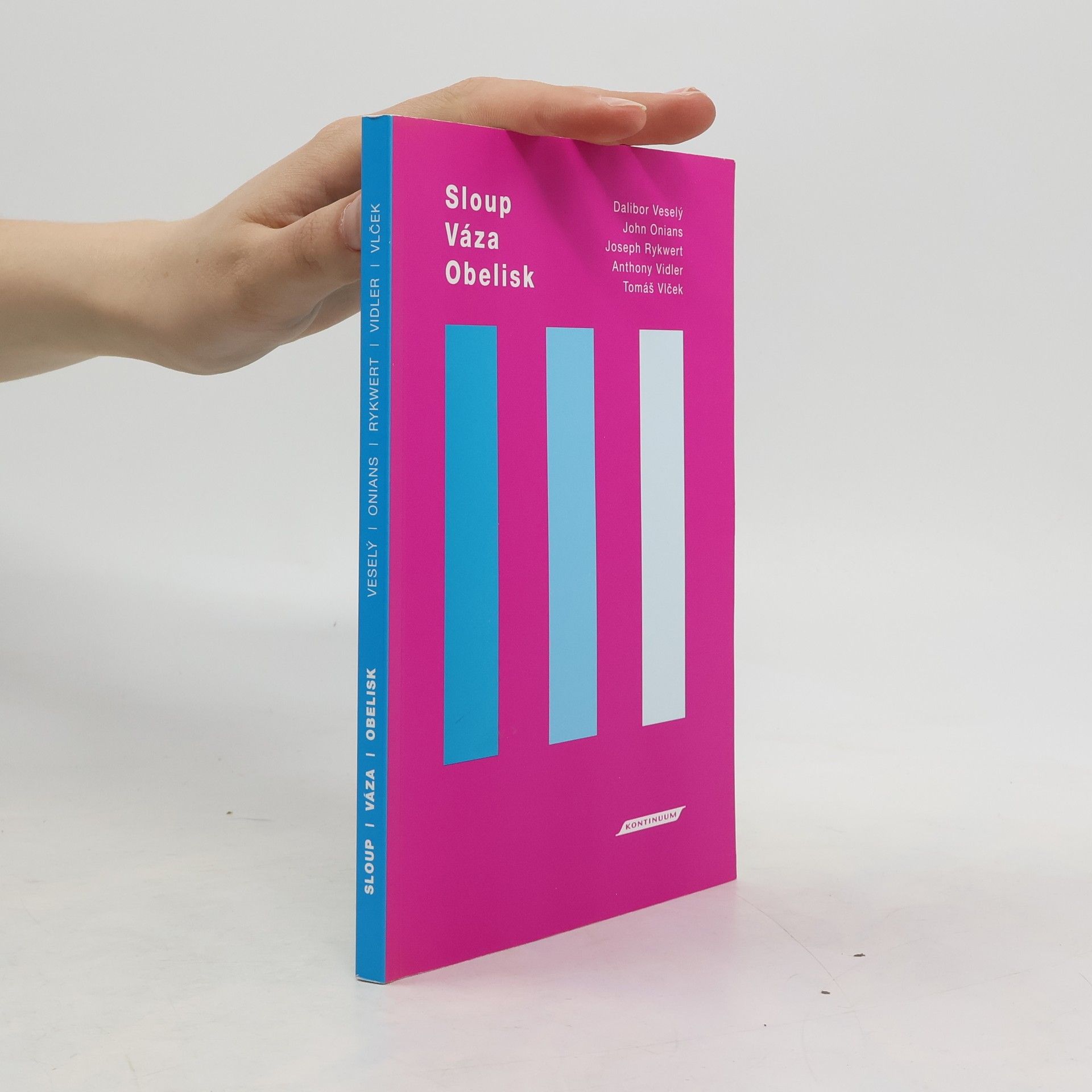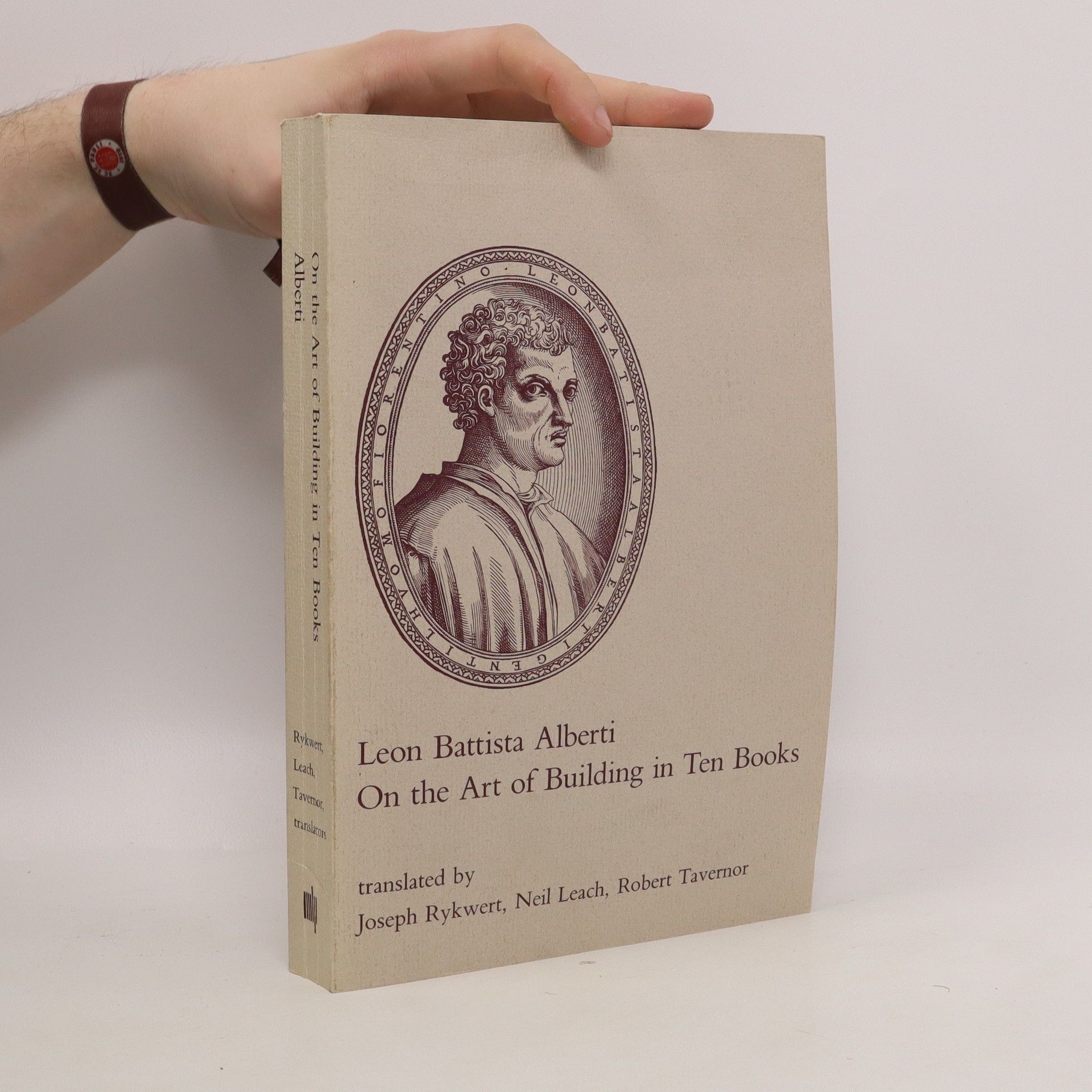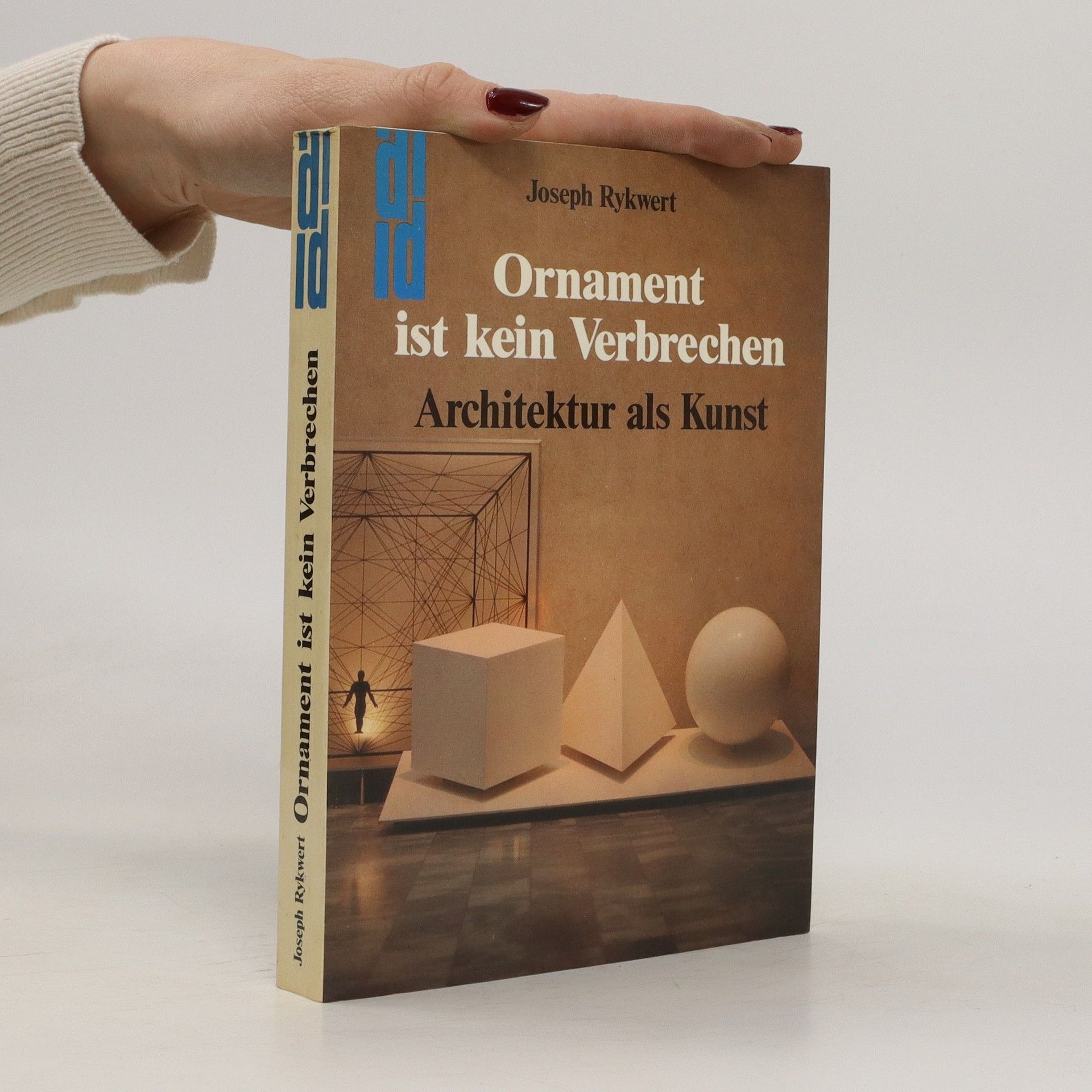Współczesne miasto jest miejscem sprzeczności; zamieszkiwane przez wiele grup etnicznych, przedstawicieli wielu różnych kultur, warstw społecznych, wyznawców rozmaitych religii. Jest pełne kontrastów i tarć, a więc ma wiele twarzy, bo jedna nie wystarczy. Co ważne, miasta nieustannie się zmieniają, a na ich kształt mają wpływ rozwój technologii informacyjnej i zmiany społeczne, ale także decyzje jego indywidualnych użytkowników. Aby zrozumieć miasto i być w stanie nad nim i w nim pracować, powinniśmy je zobaczyć jako splot rezultatów ludzkich czynów i woli. Joseph Rykwert, jeden z najwybitniejszych historyków i krytyków architektury, klasyk światowej urbanologii próbuje odpowiedzieć na pytanie, czym jest miasto nie tylko w jego materialnej sferze, jako nagromadzenie budynków i ulic, ale miasto jako żywy organizm, dzieło sztuki, produkt skomplikowanych procesów społecznych, owoc nawarstwiających się kultur, idei i wartości.
Joseph Rykwert Ordine dei libri






- 2022
- 2017
Remembering Places: A Memoir
- 198pagine
- 7 ore di lettura
Born in Warsaw in 1926, Joseph Rykwert is one of the best-known critics and historians of architecture. In this autobiography he tells for the first time of how his life's experiences shaped his working life.
- 2013
- 2005
Sloup, váza, obelisk
- 188pagine
- 7 ore di lettura
Soubor esejí věnovaných významu třech základních architektonických prvků: sloupu, vázy, obelisku. Sborník představuje tyto elementy v retrospektivě kritického pohledu na vývoj architektonického myšlení od pravěku do současnosti. Mezinárodní uměnovědný diskurs emeritních profesorů Pennsylvánské universtiy (J. Rykwert), University Anglie (John Onions), Cambridgeské university (Dalibor Veselý), spolu s děkanem Cooper Union, New York (Antony Vidler) a ředitelem Sbírky moderního a současného umění Národní galerie v Praze Tomášem Vlčkem přináší nový pohled na roli základních prvků jazyka architektury.
- 2002
The Seduction of Place
- 320pagine
- 12 ore di lettura
Joseph Rykwert explores the great cities of the modern world, examining their fabric and assessing how successfully they have met the needs of their inhabitants. The book covers city centres of the industrial revolution, exclusive gated suburbs of the 21st century, Parisian boulevards of Haussmann and the 'green' architecture of Emilio Ambasz.
- 1999
On the art of building in ten books
- 470pagine
- 17 ore di lettura
De Re Aedificatoria, by Leon Battista Alberti (1404-1472), was the first modern treatise on the theory and practice of architecture. Its importance for the subsequent history of architecture is incalculable, yet this is the first English translation based on the original, exceptionally eloquent Latin text on which Alberti's reputation as a theorist is founded.
- 1990
